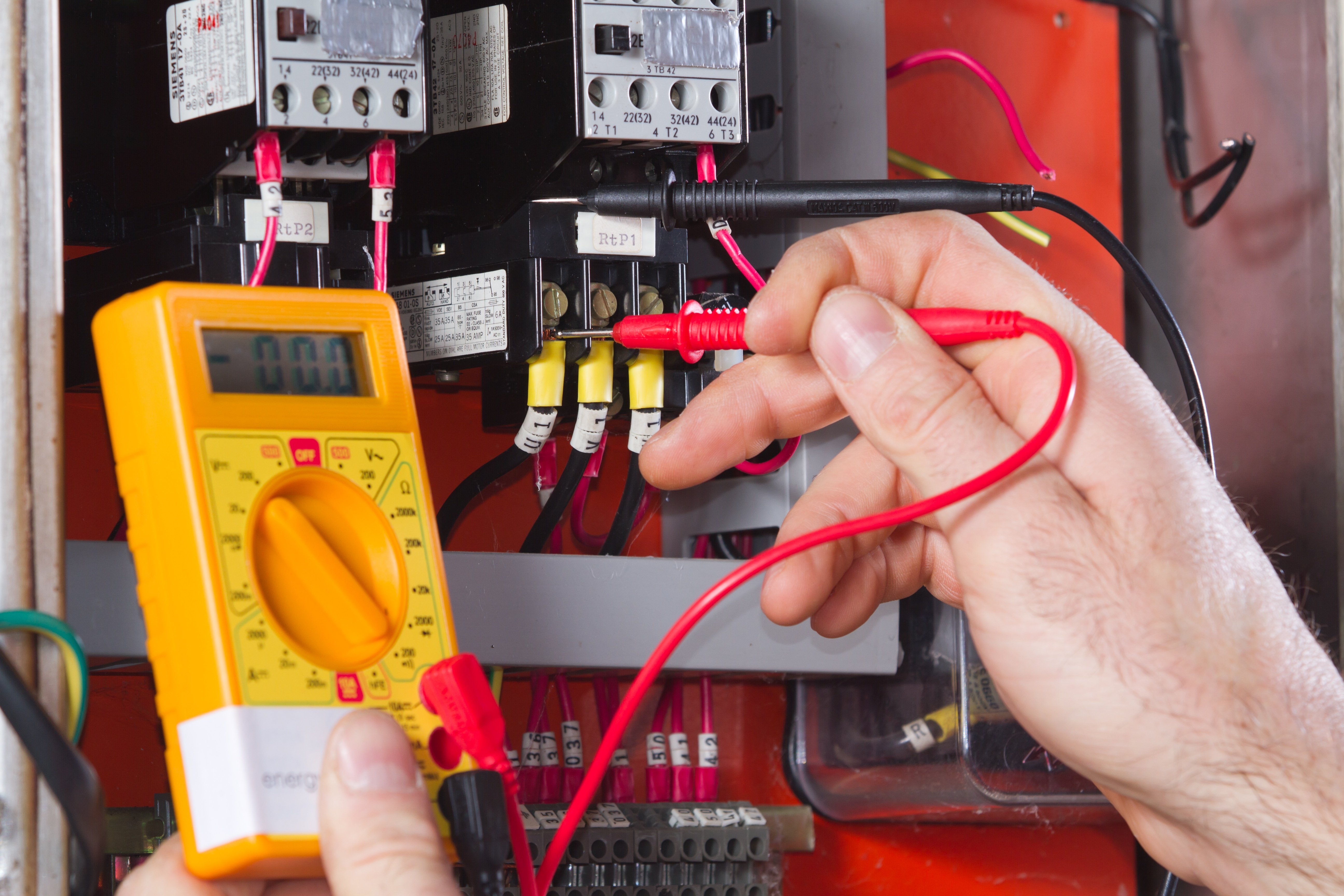The Ultimate Guide to Electrical Setup: Tips and Strategies for a Safe and Efficient Home Electrical Wiring System
In the world of home upkeep, few facets are as essential yet usually forgotten as the electric circuitry system. By exploring the nuances of electrical security actions and energy-saving methods, this extensive overview will drop light on the complexities of home wiring, equipping people to take cost of their family's electric infrastructure.
Comprehending Electric Precaution
To ensure the safety of both individuals and property, understanding and carrying out proper electrical safety measures is paramount in any type of home circuitry task. It is important to conduct a thorough assessment of the electric system prior to beginning any type of electrical wiring job to identify possible hazards or problems that need to be attended to.
Additionally, making use of the ideal devices and equipment is crucial for maintaining safety and security during electrical installations. Protected handwear covers, voltage testers, and protective eyewear are several of the basic security gear that should be worn to avoid electrical shocks or mishaps. It is also vital to de-energize circuits prior to servicing them and to identify all circuits and breakers clearly to prevent confusion.

Necessary Tools for Home Circuitry
Making sure the appropriate execution of electrical precaution in home wiring jobs involves using a details collection of essential devices developed to assist in the setup process successfully and securely. Several of the secret devices needed for home wiring tasks consist of a voltage tester for examining real-time cords, cable pole dancers for removing insulation from wires, a cable cutter for exactly reducing wires to size, a screwdriver established for safeguarding electric components, electrical tape for insulation and securing connections, a wire ripper for removing cord sheathing, and a multimeter for measuring voltage, current, and resistance. Furthermore, a drill with bits is vital for producing openings for wiring and placing electrical boxes, while fish tapes or poles aid in pulling wires with conduits or walls. It is vital to purchase premium devices to make certain precision, performance, and security during home electrical wiring jobs. By having the necessary tools easily available, house owners can effectively browse the installation procedure and maintain a safe and secure electric system within their homes - BRE Electrical.
Step-by-Step Electrical Installation Overview
Starting an electrical installation job requires precise preparation and adherence to safety and security standards. Before beginning any work, guarantee you have an in-depth strategy laying out the layout of the electric system, consisting of the placement of outlets, switches, and fixtures. Consider the power needs of each device to determine the proper cable gauge and circuit breaker sizes.
The very first step in the installation procedure is to shut down the power supply to the area where you will be working. Make use of a voltage tester to confirm that the circuits are de-energized prior to touching any type of cords. Next off, thoroughly eliminate existing components or electrical outlets and separate the cables.
When setting up new circuitry, run cords through walls and ceilings, protecting them in place with proper fittings. Comply with local building ordinance and supplier directions for appropriate cord setup and links. BRE Electrical. See to it to label wires for simple recognition and future upkeep

Troubleshooting Common Electrical Wiring Issues
Having finished the setup procedure as detailed in the previous subtopic, troubleshooting usual wiring issues is a vital ability for making sure the security and capability of your electric system. One usual concern is a tripped circuit breaker, typically caused by overloaded circuits or a short circuit. To fix this, situate the breaker panel, recognize the tripped breaker by trying to find the one not completely in the "on" position, and reset it by turning it completely to "off" and after that back to "on." One more common issue is a defective outlet, characterized by no power or periodic power supply. Make sure the electrical outlet is not regulated by a button, then use a voltage tester to examine for power. If there is no power, transform off the circuit, check the electrical wiring connections for any kind of loosened or damaged wires, and replace the outlet if required. Constantly flickering lights can indicate loose circuitry links or an overloaded circuit. To address this, check and tighten up all cord connections in the affected fixtures and buttons BRE Services and rearrange the tons on the circuit to stabilize the electrical need. Routinely checking and promptly attending to these typical circuitry concerns will preserve the safety and security and performance of your home electrical system.
Tips for Energy-saving Electric Solutions
For optimum energy performance in electrical systems, implementing wise practices and utilizing energy-saving innovations is extremely important. One essential idea for achieving an energy-efficient electric system is to update to LED illumination. Proper insulation and sealing of home windows, doors, and electrical outlets can also protect against energy loss, inevitably lowering the workload on electrical systems.
Final Thought
In conclusion, applying correct precaution, making use of crucial devices, following a step-by-step installation overview, troubleshooting typical problems, and including energy-efficient pointers are vital for a secure and efficient home electrical wiring system. By adhering to these methods, home owners can make sure the durability and capability of their electric setups. It is very important to focus on security and performance when it comes to electric operate in order to stop prospective hazards and to keep a reputable electric system in the home.